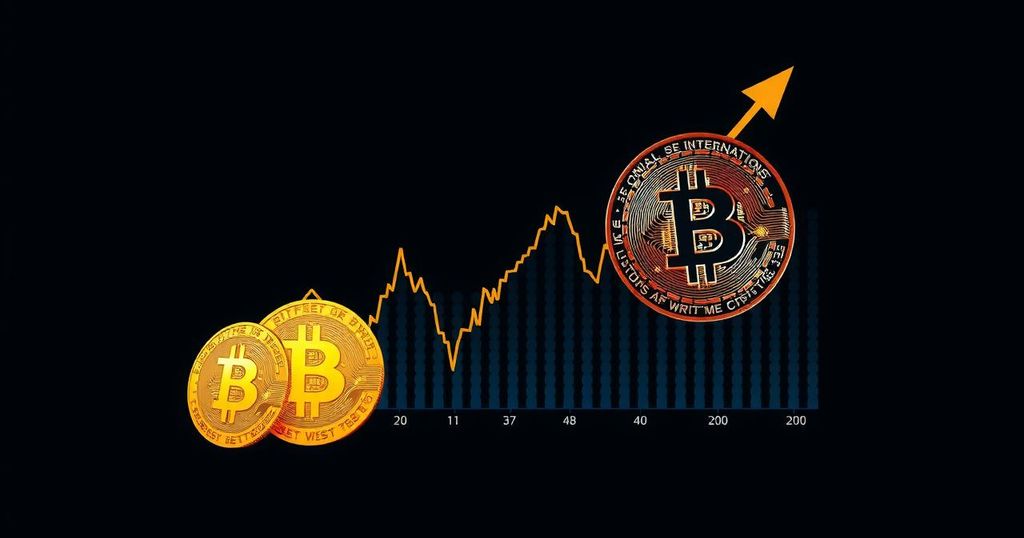Bitcoin Declines Below $57,000: Short-Term Holder Risks Grow
Bitcoin prices have fallen below the $58,000 mark, dipping to approximately $56,700 as of Thursday morning. Current trading data from CoinGecko indicates a price of $56,794, reflecting a modest increase of 0.6% over the past 24 hours; however, it has suffered a significant decline of 4.7% during the week.
Despite the cryptocurrency’s recent drop, hovering nearly 20% beneath its all-time high, a fresh analysis highlights a burgeoning risk within the market dynamics—the increasing prevalence of short-term holders facing unrealized losses. This group poses a potential threat to market stability, as decisions to liquidate positions to mitigate losses could instigate substantial volatility in the market landscape.
While many long-term Bitcoin investors remain profitable contingent upon their entry points, recently acquired holdings—specifically those obtained in the last six months—have encountered considerable declines, thereby amplifying the risk of abrupt market fluctuations. A report by the blockchain intelligence firm Glassnode emphasizes that the Short-Term Holder cohort is currently heavily underwater on their investments, presenting a notable source of risk for the cryptocurrency market.
Key metrics from the report illustrate that short-term holders’ unrealized losses have escalated in recent months, affecting all holding durations from a single day up to six months. The average acquisition price for these investors ranges between $59,000 and $65,200, starkly contrasting the current market evaluation. The loss narrative mirrors conditions observed in the unpredictable market environment of 2019; nonetheless, it also indicates a significant risk factor.
The report further elucidates that the potential exit of short-term holders could undermine the existing market structure unless the critical support level of $51,000 is upheld. \”Until the spot price reclaims the Short-Term Holder cost basis of $62.4k, an expectation for continued market frailty is foreseen,\” noted the authors of the analysis, highlighting the precarious equilibrium.
It is noteworthy that while short-term holders grapple with considerable losses, the data suggests that long-term investors exhibit resilience. Such holders have notably reduced their profit-taking activities, and assets acquired during the peak price surge are transitioning into stable long-term holdings. This dichotomy reinforces the significant implications of short-term holders’ financial stress on the broader market volatility, particularly in light of prevailing low profit-taking and loss activities in the market.








Post Comment